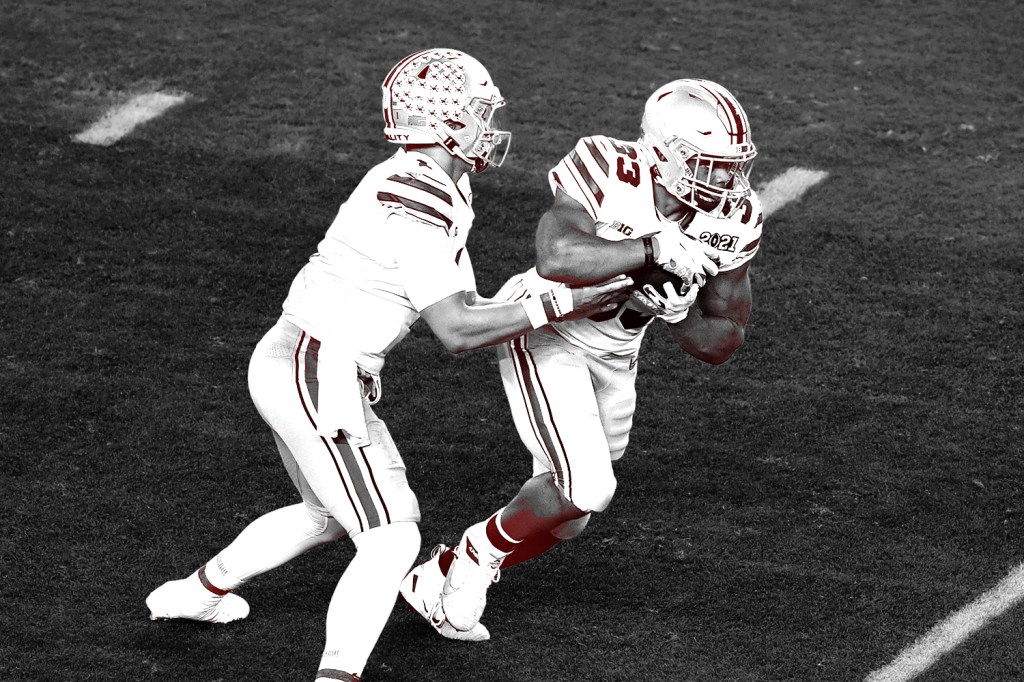On Tuesday, the Big Ten, Pac-12, and ACC announced they would form a formal “alliance” — less than a month after Texas and Oklahoma agreed to join the SEC.
The alliance is based on a commitment to similar values among the conferences, and will include crossover scheduling, according to the press release. But even after an announcement and 45-minute press conference with all three commissioners, the details remain nebulous at best.
There’s no contract, commissioners confirmed. And there’s no detailed explanation of where the three groups stand on several issues facing college sports they said they’ll discuss.
Commissioners seem to think the alliance is a way to “save” college sports as we know them.
They noted the landscape is changing, from the Alston case to NIL. Big Ten Commissioner Kevin Warren said that the SEC’s move to add Texas and Oklahoma provided a chance to “evaluate” where college sports were headed.
“We had an opportunity to stabilize a volatile environment,” ACC Commissioner Jim Phillips said.
The Issues at Stake
In the official announcement, the conferences said they’ll be “collaborating and providing thought leadership” on a range of topics. Those included not just postseason structures and the future of the NCAA, but also gender equity, social justice, and mental and physical health and safety.
None of the commissioners, however, shared where they stand on these issues, or if, when, and how they plan to announce recommendations.
A United Front?
This fall, the NCAA will host a Constitutional Convention to reconsider its role in college sports. The Alston case confirmed the NCAA was subject to strict antitrust scrutiny — and this convention is undoubtedly an attempt to make sure it can adjust to protect itself from more litigation.
It may also be a chance for college sports officials — and this new alliance — to discuss what they really want the NCAA to be. Perhaps Phillips, one of the committee members, will serve as a mouthpiece for the three conferences.
But again, the commissioners stopped short of promising their conferences would formally align on these issues.






